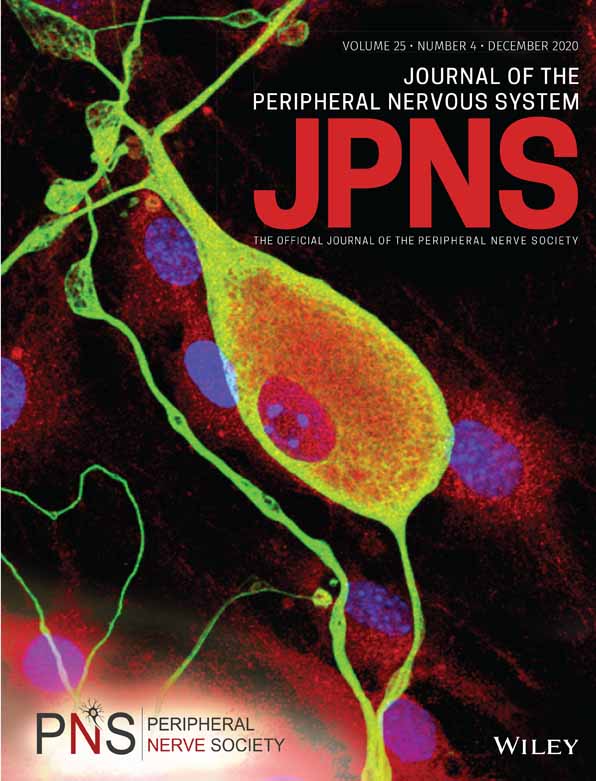Ataxia pancytopenia syndrome due to SAMD9L mutation presenting as demyelinating neuropathy
Abstract
Ataxia pancytopenia (ATXPC) syndrome due to gain-of-function pathogenic variants in the SAMD9L gene has been described in 38 patients to date. It is characterized by variable neurological and hematological phenotypes including ataxia, pyramidal signs, cytopenias, and hematological malignancies. Peripheral neuropathy with slowing of conduction velocities has been reported in only two affected individuals. We describe a female with childhood onset neuropathy diagnosed as Charcot-Marie-Tooth disease type 1 with onset of cerebellar ataxia in her 50s. Cerebellar, pyramidal, and neuropathic features were found on examination. Additionally, she also had conjunctival telangiectasia. Nerve conduction studies confirmed a demyelinating neuropathy. MRI brain showed cerebellar atrophy with diffuse white matter hyperintensities. OCT demonstrated global thinning of the retinal nerve fiber layer (RNFL). Full blood count has always been normal. A previously described pathogenic variant in SAMD9L [c.2956C>T p.(Arg986Cys)] was identified on whole exome sequencing. This case extends the previously described phenotype to include conjunctival telangiectasia and RNFL thinning and suggests that ATXPC syndrome should be considered in the differential for inherited demyelinating neuropathies.




